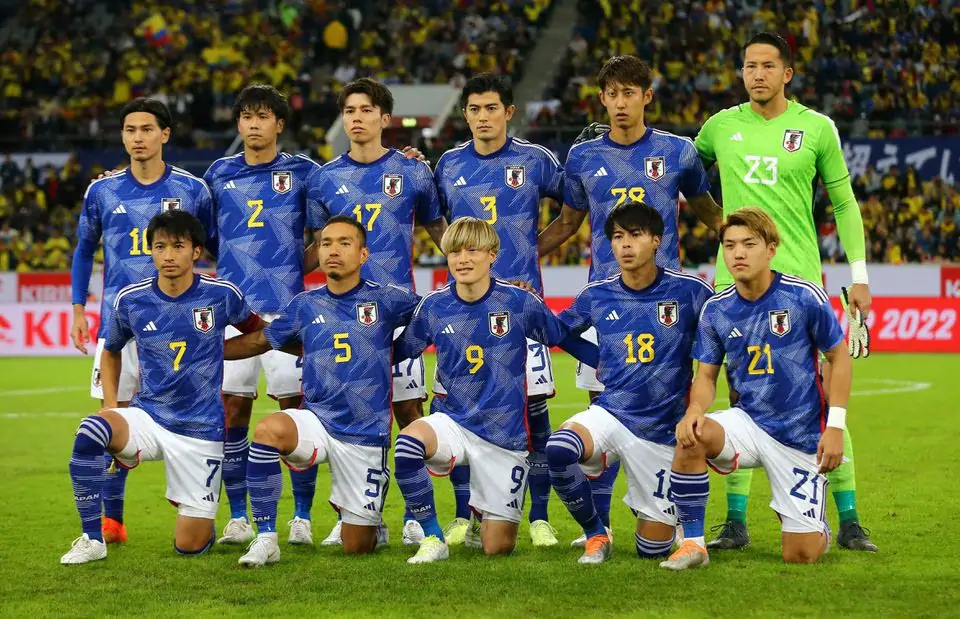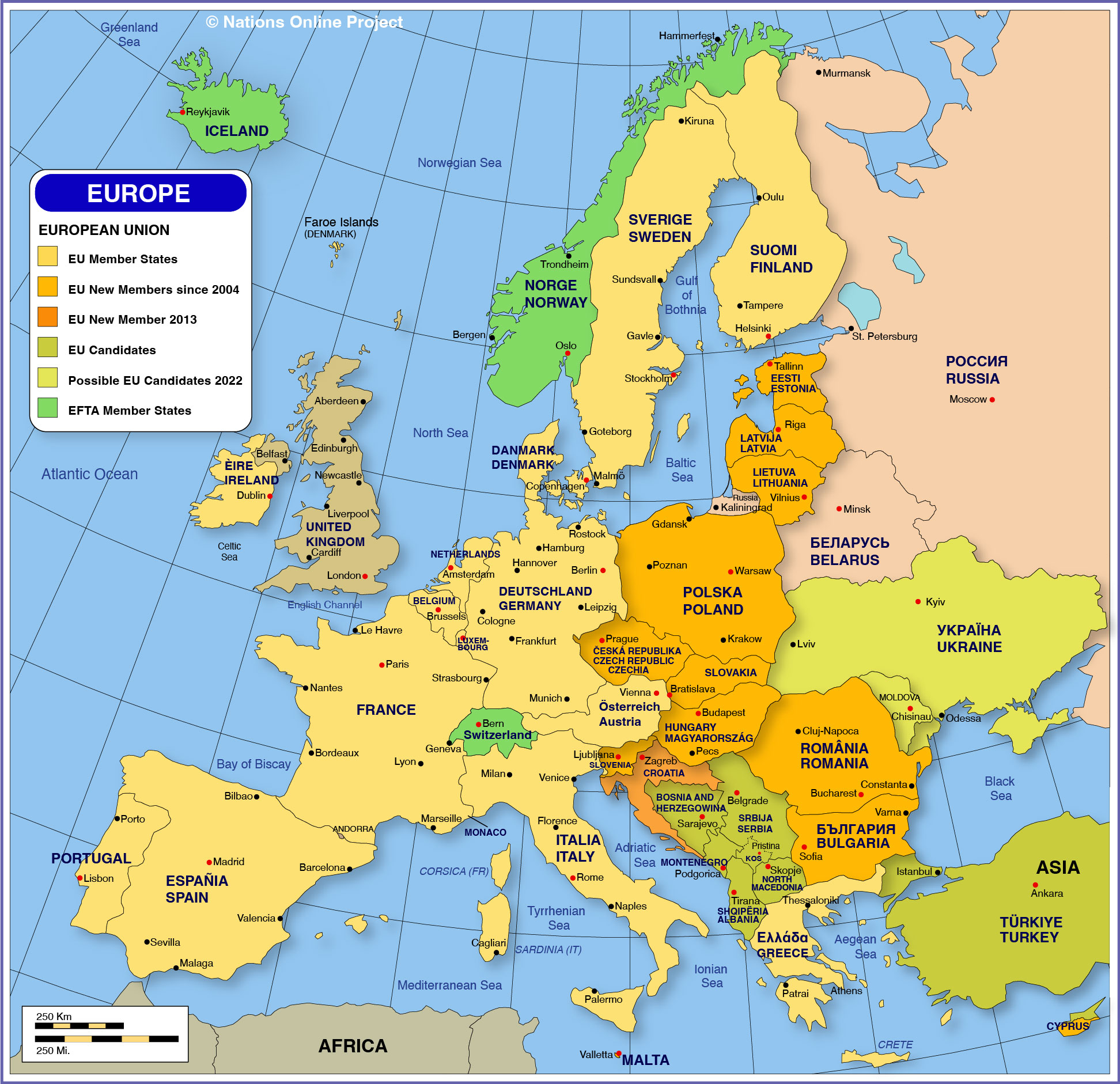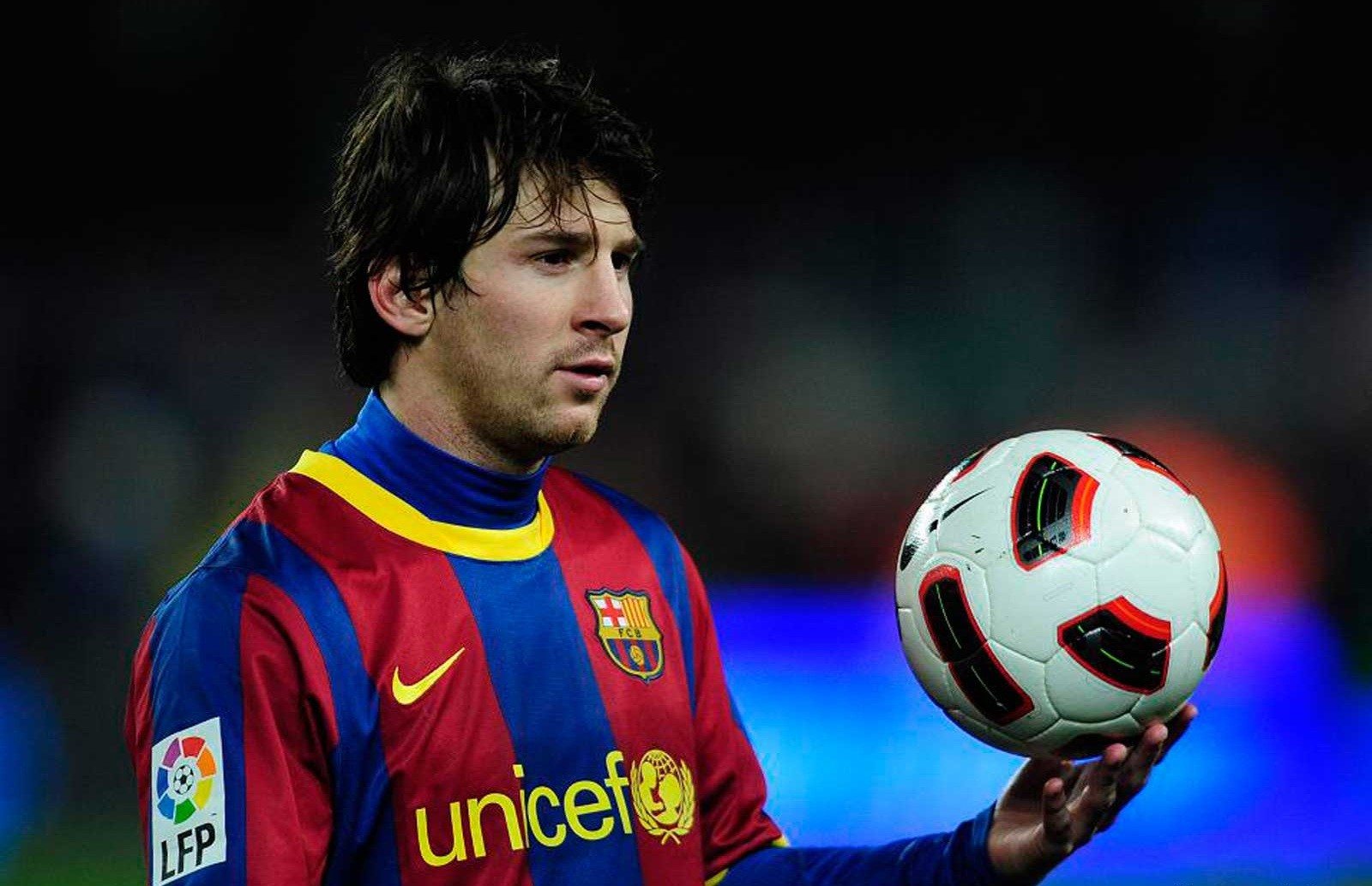
The Art of the Counter-Attack: Unpacking Football’s Most Lethal Weapon
In the beautiful game of football, where tactical battles unfold across 90 minutes, few spectacles are as electrifying and devastating as the perfectly executed counter-attack. It’s a symphony of speed, precision, and opportunistic brilliance, turning defence into attack in a matter of seconds, often leaving opponents bewildered and exposed. While possession-based football has dominated the discourse for much of the last decade, the counter-attack remains an indispensable and often decisive weapon, especially against high-pressing, possession-dominant sides.
This article delves into the intricate mechanics of the counter-attack, exploring the key attributes that define it, and highlighting some of the most iconic teams in modern football history that have mastered this art form, turning it into a consistent pathway to glory.
The Anatomy of a Perfect Counter
A successful counter-attack isn’t merely about kicking the ball long and chasing it. It’s a highly sophisticated tactical manoeuvre that requires a specific blend of individual talent and collective understanding.
-
Defensive Solidity and Ball Recovery: The genesis of any counter-attack lies in winning the ball back. This demands defensive discipline, intelligent positioning, and often, aggressive pressing or well-organised low blocks. Whether it’s a crunching tackle in midfield, an interception in the defensive third, or a well-timed header from a set-piece, the moment possession is regained is the trigger.
-
Rapid Transition – Speed of Thought and Action: This is arguably the most critical phase. Players must immediately shift their mindset from defence to attack. The first pass after winning possession is paramount: it needs to be quick, accurate, and aimed at breaking lines or finding a player in space. Avoiding unnecessary touches and playing forward instantly are key. This requires incredible spatial awareness and decision-making under pressure.
-
Exploiting Space and Numerical Advantage: Counter-attacking thrives on space, which is often created by the opponent’s commitment to attack. As the ball is won, attacking players must immediately make intelligent runs into the channels, behind the defensive line, or into central areas left vacant. Overlapping full-backs, wide forwards cutting inside, and midfielders joining the attack create numerical superiority in dangerous areas.
-
Pace, Vision, and Clinical Execution: Pace is a non-negotiable asset for counter-attacking teams, allowing players to cover ground quickly and outrun retreating defenders. Vision, particularly from central midfielders or attacking playmakers, is vital for delivering incisive through balls or accurate long passes that bypass multiple opposition players. Finally, the finishing must be clinical. All the intricate build-up is wasted if the chance isn’t converted.
-
Key Personnel: Teams excelling in counter-attacks often feature:
- Robust Defensive Midfielders: Capable of winning the ball and initiating attacks with simple, effective passes.
- Pacey Wide Forwards/Wingers: Who can carry the ball rapidly and stretch the defence.
- A Clinical Striker: Who is adept at running in behind, holding up play, and finishing chances, often with limited support.
- Intelligent Centre-Backs: Who can step out and play a penetrating pass, or maintain a high line to support the press.
Legendary Counter-Attacking Teams: Masters of the Art
Over the years, several teams have elevated the counter-attack to an art form, etching their names in football history.
1. José Mourinho’s Porto (2004), Chelsea (2004-2007), and Inter Milan (2010)
No discussion about counter-attacking football is complete without mentioning José Mourinho. His early teams were the epitome of defensive solidity combined with ruthless attacking efficiency.
- Philosophy: Mourinho’s approach was pragmatic: minimise risks, stifle opponents, and then hit them with surgical precision on the break. His teams were incredibly well-organised defensively, forming compact shapes that were difficult to break down.
- Porto (2004): The Champions League triumph with Porto was a masterclass in this style. Deco, Costinha, and Maniche provided the engine room, while Derlei and Benni McCarthy offered pace and finishing. They absorbed pressure and then sprung devastating attacks.
- Chelsea (First Spell): Mourinho’s Chelsea side was built on a rock-solid defence featuring John Terry and Ricardo Carvalho, backed by the midfield power of Claude Makelele and Frank Lampard. Upfront, Didier Drogba was the perfect focal point – strong enough to hold off defenders, quick enough to run in behind, and clinical in front of goal. Their attacks were direct, often bypassing the midfield with long passes to Drogba or wide players like Arjen Robben and Damien Duff, who would then burst forward.
- Inter Milan (2010): The treble-winning Inter side against Pep Guardiola’s dominant Barcelona in the Champions League semi-final is a prime example. Inter defended deep and narrow, frustrating Barcelona’s tiki-taka, then launched lightning-fast breaks through Wesley Sneijder’s vision and Diego Milito’s clinical finishing. It was a tactical masterpiece that showcased the counter-attack’s power against possession.
2. Jürgen Klopp’s Borussia Dortmund (2010-2015) & Liverpool (2017-Present)
Jürgen Klopp introduced the world to "Gegenpressing" – an intense, high-octane form of counter-attacking that begins immediately after losing possession.
- Philosophy: Rather than retreating, Klopp’s teams press high and aggressively the moment the ball is lost, aiming to win it back in advanced areas. This "best playmaker is the counter-press" philosophy means that when they regain possession, they are already in dangerous positions, close to the opponent’s goal, with defenders often out of shape.
- Borussia Dortmund: With players like Robert Lewandowski, Marco Reus, Mario Götze, and Pierre-Emerick Aubameyang, Dortmund were a blur of yellow and black. Their transitions were instantaneous, their runs relentless, and their finishing deadly. They steamrolled Bayern Munich to two Bundesliga titles and reached a Champions League final with this exhilarating style.
- Liverpool: Klopp replicated and evolved this at Liverpool with the fearsome front three of Mohamed Salah, Sadio Mané, and Roberto Firmino. Their telepathic understanding, blistering pace, and relentless work rate allowed them to press high, win the ball, and transition into rapid attacks that tore apart defences, leading to Premier League and Champions League glory.
3. Diego Simeone’s Atlético Madrid (2012-Present)
Atlético Madrid under Diego Simeone epitomises defensive resilience, tactical discipline, and opportunistic counter-attacking.
- Philosophy: Simeone’s "Cholismo" is built on a deep, compact defensive block that is incredibly difficult to penetrate. They starve opponents of space, force mistakes, and then unleash rapid, direct attacks. Their counters are less about overwhelming speed and more about intelligent movement, precise passing, and clinical finishing.
- Key Players: Strikers like Diego Costa and Antoine Griezmann have thrived in this system, using their physicality and intelligence to hold up the ball and link with midfield runners. Koke’s vision and the tireless work rate of players like Gabi and Saúl Ñíguez have been crucial in winning the ball and launching attacks.
- Success: Atlético have won multiple La Liga titles and reached two Champions League finals with this pragmatic, yet highly effective, counter-attacking style, proving that you don’t always need to dominate possession to dominate games.
4. Leicester City (2015-2016): The Ultimate Underdog Story
Perhaps the most romantic counter-attacking triumph in recent memory was Leicester City’s improbable Premier League title.
- Philosophy: Under Claudio Ranieri, Leicester adopted a simple yet devastatingly effective approach. They sat deep, absorbed pressure, and then relied on the explosive pace of Jamie Vardy and the magical left foot of Riyad Mahrez to dismantle opponents on the break. N’Golo Kanté and Danny Drinkwater formed an incredibly effective midfield screen, winning the ball back and immediately feeding their attacking outlets.
- Key Players: Jamie Vardy’s relentless runs in behind the defence, often from deep, were the primary weapon. Mahrez provided the creativity and finishing from wide areas. Kanté’s ability to cover ground and win tackles was unparalleled, acting as the crucial pivot for transitions.
- Impact: Their success was a testament to the power of a well-drilled, unified team executing a clear counter-attacking strategy, proving that the underdog can indeed conquer the giants with the right approach.
5. France (2018 World Cup Winners)
Didier Deschamps’ France team that lifted the World Cup trophy in Russia was a modern masterclass in defensive solidity combined with devastating counter-attacking prowess.
- Philosophy: France were not a possession-dominant team. They were pragmatic, disciplined, and comfortable ceding possession to opponents, especially in knockout games. Their strength lay in their robust defensive structure, anchored by N’Golo Kanté, and their incredible attacking talent capable of exploding into life.
- Key Players: Kylian Mbappé was the ultimate counter-attacking weapon, his searing pace and dribbling ability making him virtually unplayable in open space. Antoine Griezmann provided the intelligence, link-up play, and clinical finishing. Paul Pogba offered the long-range passing and powerful runs from deep.
- Signature Moments: Their quarter-final victory over Argentina, where Mbappé scored two breathtaking goals from counter-attacks, and their semi-final win against Belgium showcased their ability to absorb pressure and then strike with lethal efficiency.
The Evolution and Future of Counter-Attacking
The counter-attack is not a static tactic; it continues to evolve. Modern football sees even possession-oriented teams integrating elements of rapid transition into their play. The lines between pure possession and pure counter-attacking have blurred. Teams like Manchester City under Pep Guardiola, while renowned for possession, are also incredibly adept at counter-pressing and exploiting space when the opportunity arises.
The rise of high defensive lines means that pace and intelligent runs in behind are more valuable than ever. Data analytics plays a role in identifying patterns of opponent vulnerability. VAR, while controversial, also impacts the timing and risk assessment of through balls.
Conclusion
The counter-attack remains one of football’s most potent and thrilling tactical weapons. From Mourinho’s pragmatic precision to Klopp’s relentless intensity, Simeone’s stoic resilience, Leicester’s fairytale, and France’s explosive brilliance, the teams that have mastered this art form have consistently found success against all odds, or by exploiting the weaknesses of even the strongest opponents. It is a testament to the enduring beauty of football’s tactical diversity – a reminder that sometimes, the quickest path to victory is not through elaborate build-up, but through a lightning-fast, surgical strike that turns defence into an unstoppable attack. The thrill of the counter-attack, an instant transformation of defence into devastation, will forever be a cherished part of the beautiful game.



